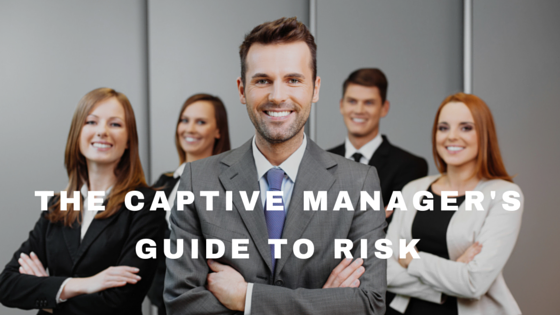Captive management is used as a way to formally self-insure. However, a captive manager doesn't decrease the need for risk management within both the parent company and the captive insurer. In fact, one of the reasons that these internal insurance companies are formed is to help improve risk reduction.
Captive Manager’s Guide to Risk Management
Since 2011, the ranks of captive insurers has increased by about 7 percent a year. The parent companies of these insurers enjoy some benefits that have made forming their own insurance company increasingly attractive over time. According to surveys, these are some of the most commonly mentioned benefits:
- Lowers insurance premiums
- More control over specific insurance plans
- Strategic and integrated risk management tools
Of course, the parent company of these captive insurers will constantly need to evaluate their insurer in order to make sure that it is the best and most efficient solution. Because managing regulations and regulatory compliance has become one of the main focuses of risk management these days, captives might find themselves needing to handle ever-increasing amounts of data. Not only does the captive need a way to handle these volumes of data that integrates with the parent company, it also needs to be flexible enough to respond to rapidly changing requirements.
How Can an RMIS Help Captive Insurance Companies?
With that said, many captive managers are still using outdated spreadsheets and local computer systems to manage information. These archaic solutions put a cap on the insurer's efficiency, and they are not likely to enable that manager to keep up with the demands of the parent company. An RMIS, or risk management information system, can replace these outmoded systems with new technology that is robust, flexible, and able to handle many aspects of risk management. In fact, these new systems should cover underwriting, claims, finance, and corporate functions.
In other words, the RMIS software can help a captive manager do everything from price insurance policies to providing reports to C-level executives of the parent company. They offer better results over other ways of managing data for a variety of reasons. For one thing, an RMIS ensures good quality data collection, and that is the first requirement for making good decisions. Secondly, they help streamline all processes, from gathering information to producing regulatory reports, so they give risk managers more time to analyze information and make sound decisions.
The biggest reason that companies establish captive insurance companies is to help them with strategic risk reduction and enjoy cost efficiencies. This is exactly what a good risk management information system is designed to help with.
Ventiv Technology and Captive Insurance Companies
At Ventiv Technology, we know that captive insurers need more help than ever to function in an increasingly regulated environment. You are welcome to read our captive manager guide at any time for more help.












